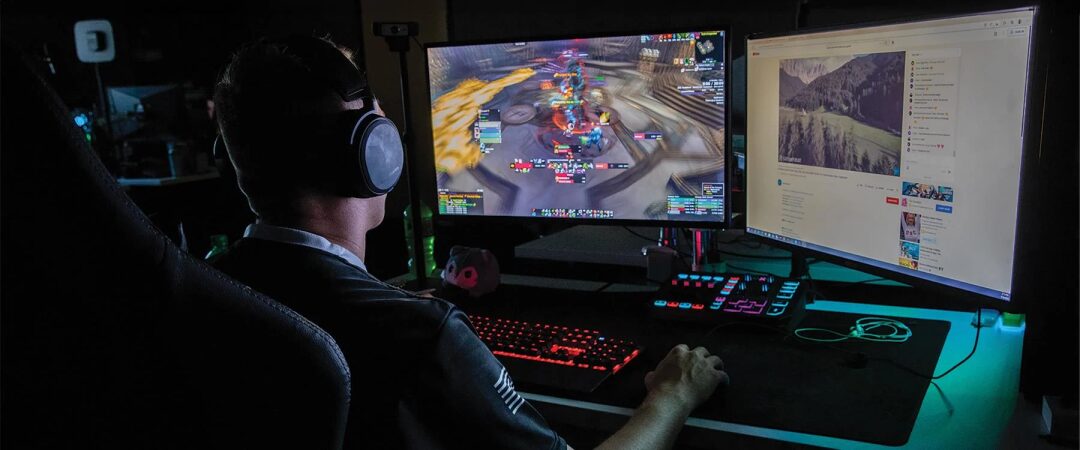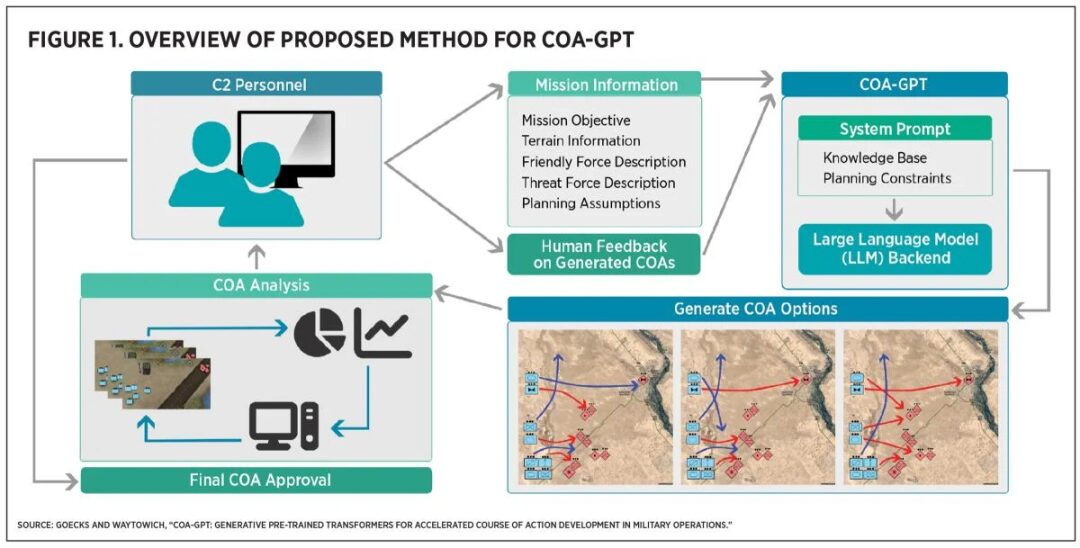
Computer Simulation/Wargaming

Advances in Simulation and AI and Their Impact on the Navy

Platforms

Evolution Timeline
Please follow the Zhuanzhi Intelligent Defense WeChat account (click above to follow)
For more related content, please check Zhuanzhi, click “Read Original” on the bottom left to view
Welcome to scan the QR code to add Zhuanzhi Assistant, for consultation services


